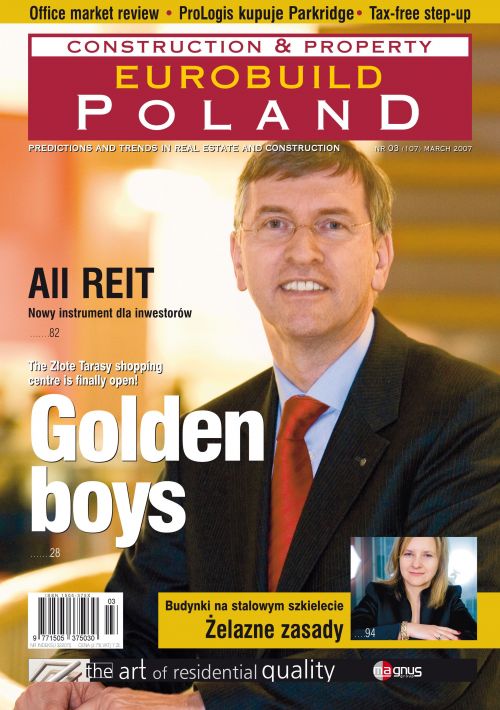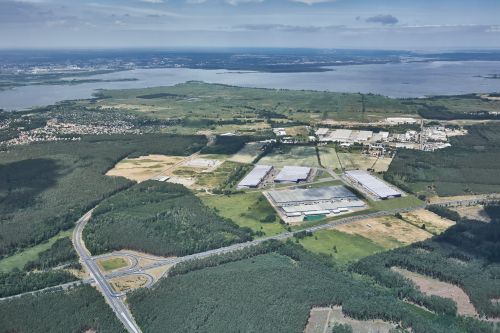A strong and expanding economy, together with a record level of FDIs, have brought with them a substantial increase in the demand for modern office space in Warsaw and across PolandMoreover, domestic companies are looking for cost reduction and are moving their back-office functions to regional cities such as Łódź, Lublin or to the Silesian conurbation (Katowice). The overall modern office space stock in the 6 major office markets in Poland amounts to 3,550,000 sqm, out of which Warsaw’s stock accounts for over 72 pct. Growing demand has triggered increased development activity and many new projects were started. The new supply in all six major cities should reach 730,000 sqm by the end of 2008 of which two thirds will be delivered in Warsaw alone. Supply and demandin Warsaw In the fourth quarter of 2006 the modern office stock in Warsaw amounted to 2,557,100 sqm. Non-central locations (NCLs) accounted for 59.6 pct of Warsaw’s total stock. The new supply increased i






























































